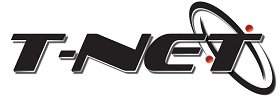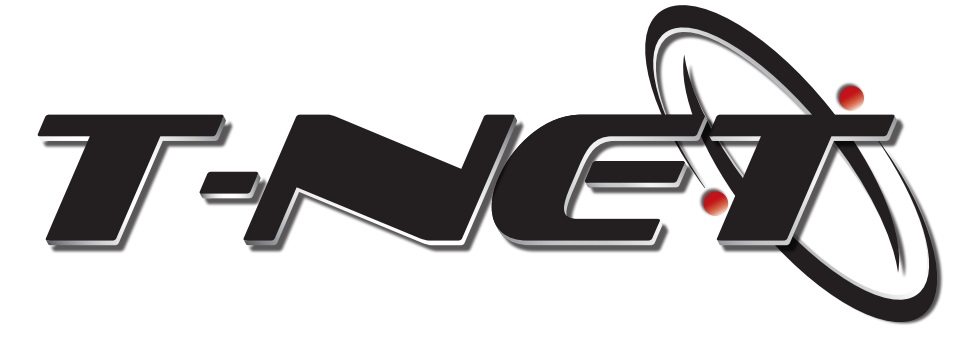Calculating the cost driver rate is done by dividing the $50,000 a year electric bill by the 2,500 hours, yielding a cost driver rate of $20. Activity-based costing (ABC) is a costing method that assigns overhead and indirect costs to related products and services. This accounting method of costing recognizes the relationship between costs, overhead activities, and manufactured products, assigning indirect costs to products less arbitrarily than traditional costing methods.
The other levels of activity that are accounted for by activity-based costing are unit-level activities, customer-level activities, production-level activities, and organization-sustaining activities. A fundamental difference between traditional costing and ABC costing is that ABC methods expand the number of indirect cost pools that can be allocated to specific products. The traditional method takes one pool of a company’s total overhead costs to allocate universally to all products. Activity-based costing focuses on identifying the activities required to make products, on forming cost pools for each activity, and on allocating overhead costs to the products based on their use of each activity. ABC systems and traditional systems often result in vastly different product costs. Activity-based costing (ABC) is a sophisticated approach to cost accounting that offers a comprehensive understanding of the expenses linked to products and services.
The integration of sophisticated software systems and tools is critical to process and analyze the detailed data effectively. This technological requirement not only involves financial investment but also necessitates the development of in-house expertise or reliance on external consultants proficient in data analysis and system management. ABC is particularly advantageous in environments where products or services are complex and varied, necessitating precise costing mechanisms to sustain competitive advantage.
Product level activities are activities that are conducted separately for each product. Facility level activities are activities that are conducted at the plant level. The unit-level activities are most easily traceable to products while facility-level activities are least traceable. These costs can overspend resources when designing a simple product or underspend resources when designing a more complex one. A duration driver, on the other hand, estimates the amount of time that a product will take to setup. Using this driver, ABC designers can assign costs to each of these drivers in real time.
Note that the total overhead for current year is $2,000,000 using activity-based costing, just as it was using a traditional costing method. The total amount of overhead should be the same whether using activity-based costing or traditional methods of cost allocation to products. The predetermined overhead rate found in step four is applied to the actual level of the cost driver used by each product. As with the traditional overhead allocation method, the actual overhead costs are accumulated in an account called manufacturing overhead and then applied to each of the products in this step. With activity-based costing, you take into consideration both the direct and overhead costs of creating each product. By assigning both direct and overhead expenses to each product, you can more accurately set prices.
AccountingTools
- The Activity-Based Costing aids the costing process of the company by extending the cost pools used to analyze overheads and linking indirect costs to specific activities.
- We use it mostly as a tool to analyze product and customer cost and profitability, to support strategic decisions like pricing, outsourcing, management of process improvement projects, and others.
- However, creating and using a capitalization policy throughout the company can have significant accounting benefits for your business.
- Cost pools for batch-level activities are built around a cost hierarchy, which provides a sense of the change in cost as a function of production level.
- The cost of batch-level activities is dependent on the number of batches and units produced.
- For instance, if data processing costs are disproportionately high, traders may need to optimize their data handling algorithms to reduce resource usage.
Cost pools for batch-level activities are built around a cost hierarchy, which provides a sense of the change in cost as a function of production level. For instance, Mendel & Sons, Inc., a small manufacturing company in La Jolla, California, accumulates overhead at the unit level. Traditional costing adds an average overhead rate to the direct costs of manufacturing products and is best used when the overhead of a company is low compared to the direct costs of production. Activity-based costing identifies all of the specific overhead operations related to the manufacture of each product. Traditionally, in a job order cost system and process cost system, overhead is allocated to a job or function based on direct labor hours, machine hours, or direct labor dollars. Activity-based costing systems allow manufacturing companies to more accurately allocate overhead expenses to specific products, as multiple cost drivers are used.
(For example, designing a product is a product-level activity.) Customer-level activities relate to specific customers. An example of a customer-level activity is general technical product support. The final level of activity, organization-sustaining activity, refers to activities that must be completed regardless of the products being produced, how many batches are run, or how many units are made. Finally, ABC alters the nature of several indirect costs, making costs previously considered indirect—such as depreciation, utilities, or salaries—traceable to certain activities. Alternatively, ABC transfers overhead costs from high-volume products to low-volume products, raising the unit cost of low-volume products. In this step, overhead costs are assigned to each of the activities to become a cost pool.
Batch-level activities — AccountingTools
I am excited to delve deep into specifics of various industries, where I can identify the best solutions for clients I work with. There were fewer machine hours than estimated, but there was also less overhead than estimated. There were more requisitions than estimated, and there was also more overhead. Now, since you have all the data needed, calculate the order cost using activity-based costing.
- Batch-level activities are an integral component of Activity-Based Costing (ABC), focusing on expenses incurred per batch of production.
- Direct material and direct labor costs range from nonexistent to minimal in the service industry, which makes the overhead application even more important.
- Absorption costing requires the traditional division between product costs and period costs, with inventory absorbing all of the manufacturing costs and none of the period costs.
- The way in which companies will structure the schedule by which machines are set up is an example of how batch-level activity accounting can influence the practices of a manufacturer.
As an activity-based costing example, consider Company ABC, which has a $50,000 per year electricity bill. For the year, there were 2,500 labor hours worked; in this example, this is the cost driver. The ABC approach helps us seggregate costs to fixed, varible and overheads. Whenever products use the same resources in ther production cycle, but use them in a different matter, some weighing is needed. Look at the overhead rates computed for the four activities in the table below.
As a result, businesses can better control and manage these expenses, identifying patterns and inefficiencies that may not be evident through traditional costing methods. As organizations strive to enhance financial and operational efficiency, they can benefit from utilizing ABC to better manage expenses and resource allocation. Batch-level activities are a significant aspect of ABC, particularly in manufacturing environments where costs like machine setups, maintenance, and quality checks are tied to production batches.
How Ram Simplified His Study Process and Passed the CPA Exams
Consequently, managers were making decisions based on inaccurate data especially where there are multiple products. In a business organization, the ABC methodology assigns an organization’s resource costs through activities to the products and services provided to its customers. Product-level activities are related to specific products; batch level activity product-level activities must be carried out regardless of how many units of product are made and sold.
The overhead costs for machine setups are EUR 250 thousand, out of the total production overhead costs of EUR 1.9 mil. Over the period, we have performed one thousand configurations, which gives us EUR 250 per machine set-up. In the traditional costing system, cost equals materials cost plus labor cost plus manufacturing overhead costs charged at the pre-determined overhead rate.
Determine Per-Activity Rates
Musicality could also decide to continue selling Solo at a loss, because the other products are generating enough profit for the company to absorb the Solo product loss and still be profitable. Sometimes these products are ones for which the company is well known or that draw customers into the store. For example, companies will sometimes offer extreme sales, such as on Black Friday, to attract customers in the hope that the customers will purchase other products. This information shows how valuable ABC can be in many situations for providing a more accurate picture than traditional allocation.
AUD CPA Practice Questions: Sampling Methods
By using batching, businesses can save time and money while improving their productivity. If you are looking to improve your business’ productivity, consider using batch-level activity. Firms that implement ABC are better positioned to refine their strategies and maintain competitiveness in rapidly changing markets. By providing transparency into cost structures, ABC enables organizations to adjust processes and resource allocation dynamically. This adaptability is particularly beneficial as businesses strive to meet evolving customer demands and respond to market shifts swiftly. The Activity-Based Costing (ABC) model is used to get a sound estimate of the cost elements of products, services, and activities, to support the decision-making process within a company.
However, creating and using a capitalization policy throughout the company can have significant accounting benefits for your business. Capitalized costs are originally recorded on the balance sheet as an asset …. Moreover, leveraging ABC facilitates refined allocation of technological resources. By understanding the cost structure, traders can prioritize investments in technology and infrastructure that yield the highest returns. For example, deploying more efficient computing hardware to execute algorithms faster or investing in better data analytics tools could lead to significant improvements in trading outcomes. I am a finance professional with 10+ years of experience in audit, controlling, reporting, financial analysis and modeling.







Nedavni komentarji